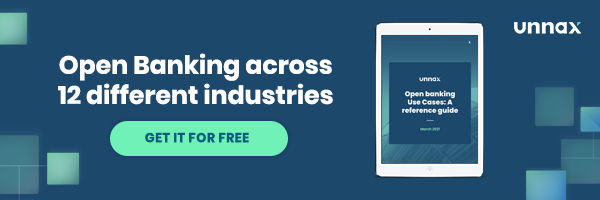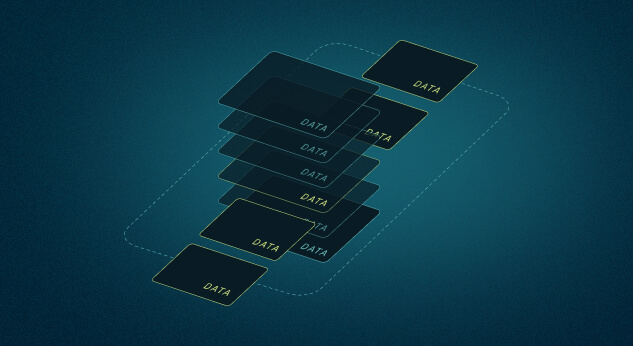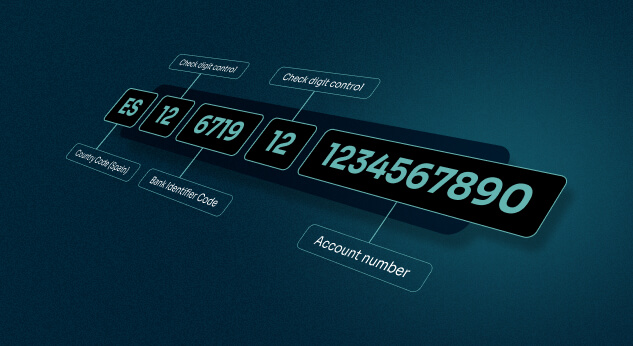The Open Banking initiative enables financial data sharing in a way that is secure, easy and intuitive. It’s revolutionizing the way we manage financial data, and therefore the way we manage money.
But there are still obstacles facing the adoption of Open Banking. Many consumers and companies don’t understand how exactly Open Banking works, and the lack of know-how is slowing down its expansion. Although Open Banking hugely benefits both companies and customers, many are still hesitant to embrace it.
This is why we recently decided to host an “Ask me Anything” Open Banking webinar, where we answered all your questions live. We’ve summarized the answers to the most relevant questions in the article below.
What is Open Banking?
Open Banking is a regulatory initiative that makes financial data shareable. It was first introduced in Europe under the name of the Second Payments Directive (PSD2) in January 2016 to encourage innovation in the banking and payments space.
With Open Banking, banks and financial entities use APIs to exchange information securely with third-party apps, all with active consent from the customer. This allows third parties to offer consumers a more personalized banking experience, charge lower fees and provide a wider range of services. Some of the most popular use cases for Open Banking are insurance, automotive, mortgage lending and healthcare.
👉 Find out more: Everything you need to know about Open Banking
What is the current situation regarding Open Banking and PSD2?
PSD2 was announced in 2016 and progressively introduced between 2018 and September 2019. When it was first launched, only 20 to 30% of banks had functioning APIs. This number now stands at 80 to 90%. Although end users have taken a while to embrace the new technologies, the pandemic has led to increased adoption, and customers are now more comfortable with the new Open Banking onboarding systems.
In the past couple of years, APIs have also stabilized, improving user experience and encouraging banks to focus more on payment initiation services.
AISP or PISP, which is more adequate for the market?
AISPs are best used for money management tools, loan applications, and price comparison sites. PISPs initiate payment transfers using a bank’s tools, which means they are best for any use case where payment is required. Both services are adequate for the market and it really depends on the merchant’s value proposition.
Account aggregation was already popular before PSD2. Now, thanks to Open Banking, it is more prevalent than ever before. With the implementation of PSD2, API stability has increased, making it easier to regulate account aggregation and integrate it into the business model. Although both AISP and PSIP have a big market, AISP is currently more popular as many third-parties use AISP to improve conversion rates.
However, with the new two-factor authentication (2FA) regulation introduced in 2021, PISP is bound to grow in popularity.
What type of client uses APIs?
This depends on the type of service a merchant is providing. Any third party that is involved in managing customers’ money and requires a secure exchange of information will use APIs.
In the beginning, customers didn’t know much about connecting to third parties, which is why the number of payments initiated by PSD2 was quite low. We’re now spotting an uptake in usage, with 20% of payments currently being made through PSD2 in Spain – something which wasn’t the case one year ago. Adoption is increasing and we’re seeing more and more tech-savvy users happy to use it.
Is it still difficult to get an AISP license in Spain?
We’re still at the beginning of the adoption of PSD2, which means the processes are still quite slow. Preparing an application takes months to do, and once it is submitted to the Bank of Spain it still needs to go through several reviews, information exchanges, and requirement checks.
Currently, getting a license is quite a complex process that takes about a year – which is why many third parties are advised to start with partial authorization. As the PSD2 regulation is exposed to more use cases, the timelines will shorten and we’ll see increased adoption.
What’s the difference between screen scraping and API calls?
While APIs involve integrating apps securely, screen scraping requires copy and pasting user login details, which is usually less secure and more complex to process. This is one of the main reasons third-party apps are moving towards APIs to collect data.
With APIs, apps and third parties can offer a much wider range of products and services. Having said that, screen scraping is still a part of PSD2: some products such as savings accounts and investing brokerages don’t have APIs enabled, which means they still rely on screen scraping services. When an API does not work, screen scraping can also be used as a fallback mechanism.
What do we know about PSD3?
In 2018, the European banking world went from using no APIs at all to implementing an API in each country. The next step is to have one API for the entirety of the European banking system: that is PSD3.
With PSD3, all the various European schemes would be put under one API, with each country adapting their financial institutions to the standard connections. This development would turn PSD2 into one European API, helping build a connection to the rest of the world. Although it is on the horizon, PSD3 remains a complex process that will require all European entities to agree on using one technology stack.
Open Banking is still a relatively new movement, and yet it plays a crucial role in helping us grow towards a more shareable, innovative financial services industry. It’s what is leading us to personalized services, faster identity verification, and more efficient payment infrastructure.
As the PSD2 regulation is subject to more Open Banking models, we’ll see more licenses authorized and therefore more use cases played out. Open Banking will soon become mainstream, which is why it’s those companies that embrace it early on that will maintain a competitive advantage in the coming years.










